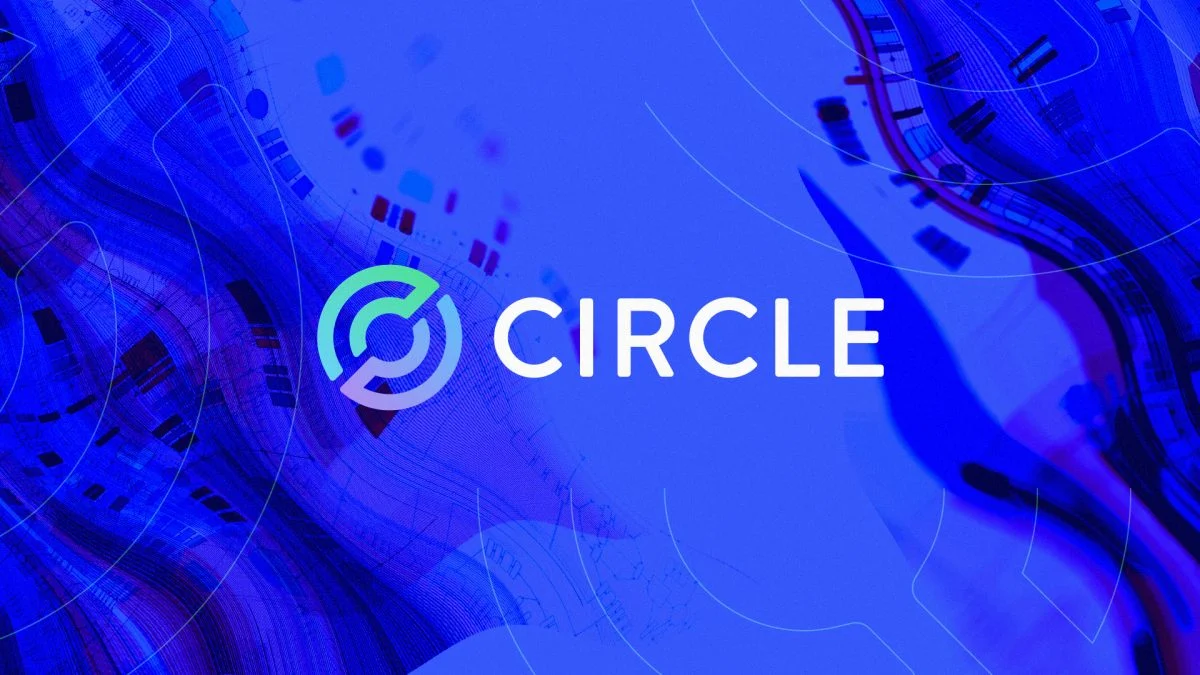Circle’s USD Coin (USDC) has regained its strength, reaching a market capitalization of $56.3 billion on February 10, according to CoinGecko. This marks a 23.4% jump from $45.6 billion on January 8 and a full recovery from its bear market low of $24.1 billion in November 2023.
Blockchain Expansion Drives USDC Growth
USDC’s rising market cap aligns with Circle’s efforts to expand into new blockchain networks, including Sui and Aptos. In January 2025, the company minted $6 billion worth of USDC on the Solana blockchain, reinforcing its position in the stablecoin market.
Despite USDC’s growth, Tether’s USDT remains the leading stablecoin, boasting a $141.6 billion market cap as of February 10. Over the last 30 days, USDT’s value has increased by more than $4 billion, according to CoinGecko.
Data from DefiLlama indicates that USDT continues to dominate the stablecoin sector with a 63% market share. However, USDC has expanded its share from 19.4% to 25% over the past year, showing increasing adoption.
Stablecoin Market Expands Amid Regulatory Developments
Stablecoins have drawn attention from U.S. regulators, particularly under President Donald Trump’s administration. White House AI and crypto czar David Sacks has highlighted the potential for stablecoins to reinforce the U.S. dollar’s dominance in digital finance, positioning the U.S. as a global leader in the sector.
In a bid to support innovation while ensuring financial security, Senator Bill Hagerty recently introduced a stablecoin bill aimed at establishing a pro-growth regulatory framework.
Stablecoins, pegged to fiat currencies like the U.S. dollar, play a crucial role in digital payments, particularly in developing nations where they provide a safeguard against inflation. Additionally, decentralized finance (DeFi) protocols offer stablecoin holders opportunities to earn yields, similar to earning interest on traditional savings.
The total stablecoin market cap has surged from $121 billion in August 2023 to $224 billion as of February 10, reflecting increased demand and growing institutional adoption.
